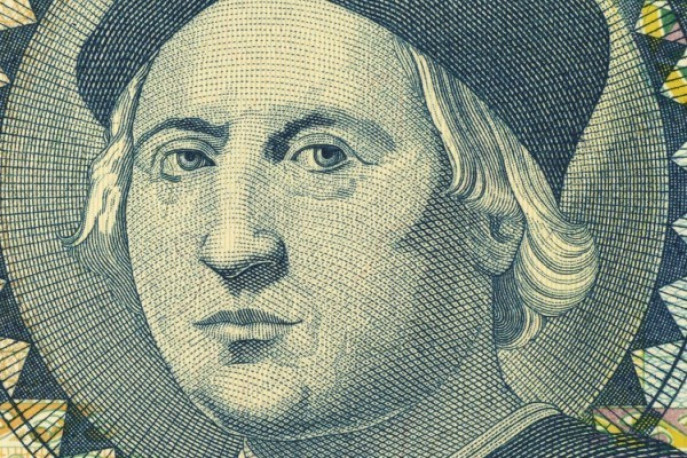
By: Ellen C. Caldwell
for JSTOR Daily
Last year, Seattle’s city council unanimously voted to celebrate Indigenous Peoples’ Day in place of Columbus Day. Minneapolis also adopted this holiday earlier in the year to honor the history of indigenous American citizens over the legendary and mythic figure of Columbus. Both cities were new additions to a growing handful of states that have been refusing to observe Columbus Day as a national holiday.
Let’s revisit Christopher Columbus through a variety of lenses, examining the myths and legends behind this once exalted and now oft-contested figure.
In “The Legend of Christopher Columbus,” Grace Marmor Spruch scientifically approaches a Columbus myth that many of us learned in school: that with his voyage, Columbus was debunking a largely-held belief that the world was flat. In her article, Spruch applies her background in physics (and the history of physics) to the Columbus story, tracking the ancient Greeks like Eratosthenes and Aristotle who had previously discovered that the world was round. If they knew and had proved this, she wondered, why had the flat-world-Columbus-story become so popular?…
